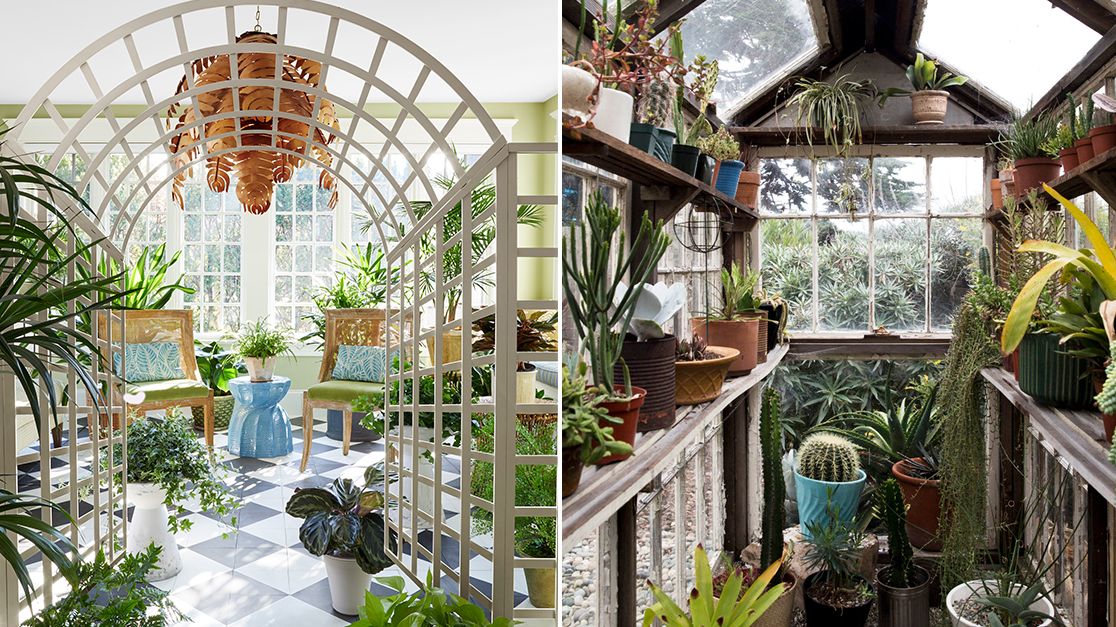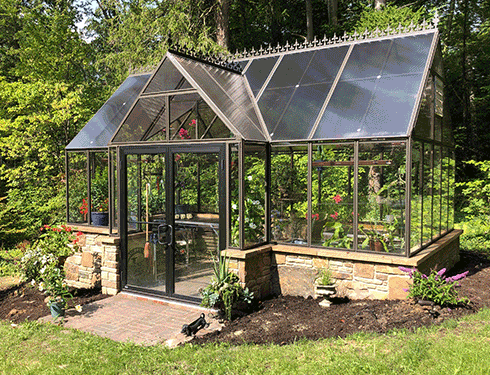Commercial Expanding Solutions: Monarch Commercial Greenhouse Utah Innovations
Wiki Article
Greenhouse Farming: Maximizing Plant Returns and Sustainability
With controlled settings and decreased water use, greenhouse farming uses the perfect remedy for year-round manufacturing of fresh produce. Discover the benefits of greenhouse farming and start gaining the benefits today!Benefits of Greenhouse Farming
Are you wondering what makes greenhouse farming so beneficial? Well, allow me tell you! Among the significant benefits of greenhouse farming is the capacity to regulate the environment in which plants are expanded. With a greenhouse, you can manipulate variables like humidity, temperature, and light to maximize plant growth. This indicates that you can expand crops throughout the year, no matter the weather outside.An additional advantage of greenhouse farming is the decrease in water use. By using water a lot more efficiently, greenhouse farming aids to conserve this valuable source.
Additionally, greenhouse farming permits for much better pest and illness monitoring. With the controlled atmosphere, it is simpler to regulate the spread and prevent of bugs and conditions. This reduces the requirement for unsafe pesticides, making greenhouse-grown plants safer and much more ecologically friendly.
Additionally, greenhouse farming gives defense versus severe weather condition events. Plants grown in greenhouses are protected from hefty rainfall, strong winds, and hailstorms, which can damage or destroy outside plants. Monarch Greenhouse construction Utah. This security makes certain an extra trustworthy and secure plant return, also throughout uncertain weather conditions

Maximizing Plant Returns With Regulated Settings
To take full advantage of plant returns in greenhouse farming, you can achieve ideal results by managing the atmosphere. One of the essential benefits of greenhouse farming is the capacity to manage these environmental variables, allowing you to tailor them to the certain needs of each crop. By implementing these managed atmospheres, you can make the most of crop returns and accomplish regular, top quality fruit and vegetables throughout the year.Supporting Sustainability Via Greenhouse Farming
Make the most of sustainability in greenhouse farming by executing reliable resource management techniques. One key aspect of promoting sustainability is the administration of water use. By applying systems such as drip watering and recirculation, you can significantly decrease water waste and ensure that every decrease counts. Additionally, using organic and biodegradable materials for insect control and fertilization can help minimize ecological influence. Integrated Parasite Management (IPM) strategies, for instance, entail using useful bugs to manage bugs, lowering the requirement for damaging pesticides. Furthermore, power intake can be reduced by making use of renewable resource resources, such as photovoltaic panels, to power greenhouse operations. This not just reduces reliance on nonrenewable fuel sources however also reduces greenhouse gas emissions. Proper waste management is one more important component in advertising sustainability. Carrying out recycling and composting systems can reduce the quantity of waste sent to land fills while also giving nutrient-rich garden compost for plant growth. Finally, incorporating lasting practices in greenhouse style, such as making use of energy-efficient materials and enhancing natural lights, can additionally boost sustainability. By taking on these resource administration strategies, you can contribute to a much more sustainable future in greenhouse farming.Lowering Water Use in Greenhouse Farming
By implementing effective water monitoring techniques, you can considerably minimize water use in greenhouse farming. Water is an essential resource in agriculture, and saving it not just profits the atmosphere however additionally aids to make the most of crop yields and earnings. One efficient technique to minimize water use is with making use of drip watering systems. These systems provide water directly to the plant's roots, reducing evaporation and guaranteeing sites that every decline is made use of successfully. In addition, tracking and managing the humidity degrees inside the greenhouse can prevent unnecessary water loss. By utilizing sensing units and automated systems, you can readjust the air flow and irrigation accordingly, maximizing water use based upon the particular needs of your crops. An additional approach is to catch and recycle rainwater. Collecting rain from the greenhouse roof covering and keeping it in tanks allows you to supplement your irrigation needs without counting solely on freshwater resources. Carrying out mulching methods can help preserve soil moisture, minimizing the frequency of watering. Mulch function as a barrier, preventing water dissipation and keeping the dirt cool and moist. By embracing these water-saving techniques, you can reduce water waste, conserve sources, and create an extra sustainable future for greenhouse farming.Year-Round Manufacturing of Fresh Produce in Greenhouses
You can attain year-round production of fresh fruit and vegetables in greenhouses by carrying out effective growing strategies. Greenhouses provide a controlled setting that allows you to expand crops despite the exterior weather conditions. One vital technique for year-round manufacturing is making use of fabricated illumination. By supplementing natural sunlight with man-made light, you can extend the expanding period and ensure regular development throughout the year. LED lights are generally used in greenhouses since they are energy-efficient and offer the right range of light for plant growth. Additionally, correct temperature control is crucial for year-round manufacturing. Greenhouses can be geared up with home heating and cooling systems to keep ideal temperatures for various crops. This makes certain that plants can thrive even throughout the cooler months. One more essential variable is watering. By making use of innovative irrigation systems such as drip irrigation or hydroponics, you can effectively give water to your plants while decreasing waste. It is essential to regularly check and take care of bugs and illness. Executing incorporated pest monitoring methods and practicing good health will help shield your crops and maintain their wellness throughout the year. By carrying out these techniques, you can make the most of the efficiency of your greenhouse and enjoy a constant supply of fresh create all year long.
Conclusion
In verdict, greenhouse farming provides countless benefits for optimizing plant yields and advertising sustainability. By over at this website utilizing regulated settings, farmers can enhance growing conditions and boost efficiency. In addition, greenhouse farming permits minimized water use, making it an environmentally friendly option. The capability to produce fresh fruit and vegetables year-round in greenhouses hop over to these guys makes sure a steady supply of nutritious food (Monarch Greenhouse Utah). In general, greenhouse farming is a reliable and lasting approach for fulfilling the needs of a growing population while reducing environmental influence.One of the significant advantages of greenhouse farming is the ability to control the setting in which plants are grown.To make the most of plant returns in greenhouse farming, you can accomplish optimal outcomes by managing the atmosphere. One of the key benefits of greenhouse farming is the ability to regulate these ecological elements, allowing you to customize them to the particular demands of each plant.By implementing efficient water monitoring methods, you can significantly lower water usage in greenhouse farming.In verdict, greenhouse farming supplies various advantages for taking full advantage of crop returns and advertising sustainability.
Report this wiki page